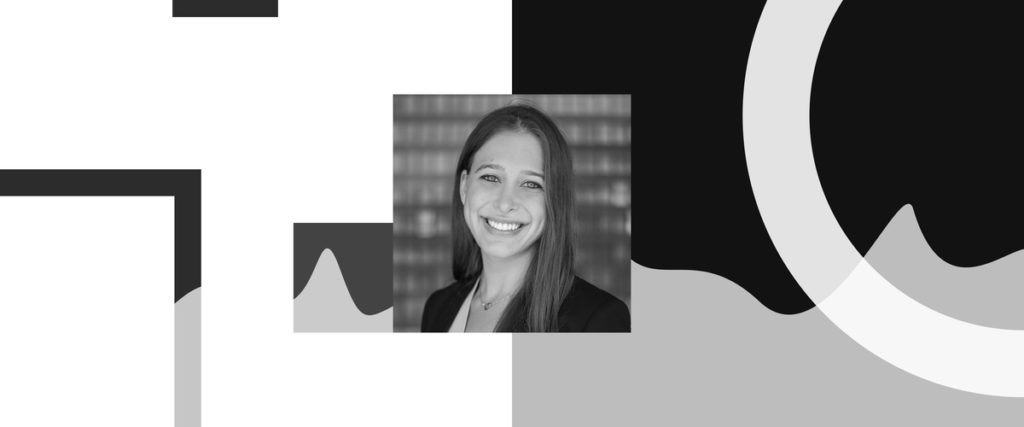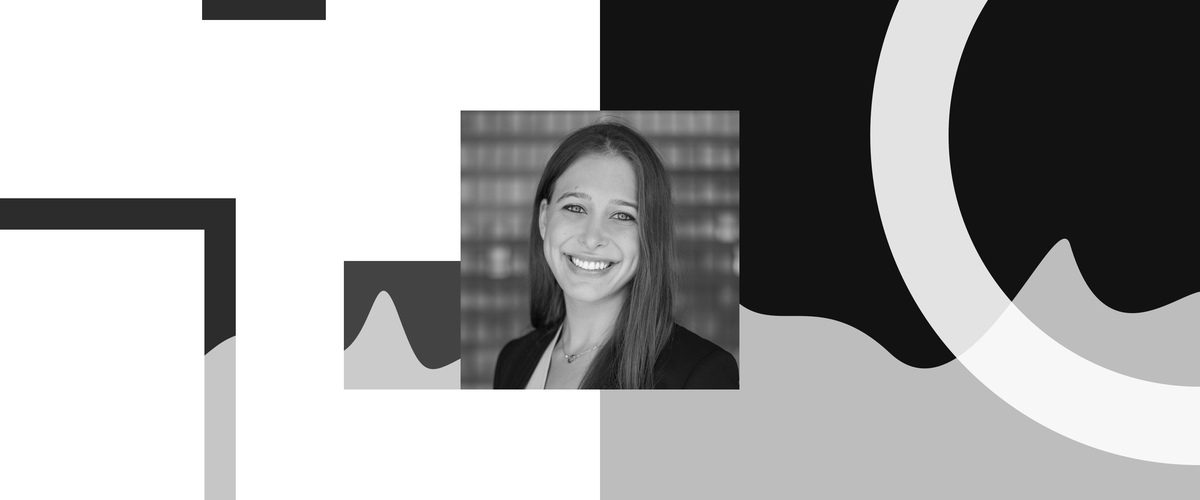The Future of Product-led Sales with Alexa Grabell from Pocus


Contrary to the traditional sales model – cold calls, working deals, and then onboarding new customers – PLG companies start with end users first, by offering a free version of the product so users can get a feel for it. Prospects try before they buy. In this new age of sophisticated buyers, who already know the product (and the competition), it might be tempting to shrug off a sales organization in favor of a self-serve model. If that’s the case, why do leading PLG companies like Slack and Atlassian, have sales orgs that comprise half their headcount?
“These product-led growth companies, they have a self-serve product, but the product can’t do all the talking. We also need some salespeople.”
Alexa Grabell
PLG companies have scores of leads already in the funnel – people who are already using and loving the freemium offering – and well-timed outreach from sales can be enough to push people over the line. For current customers, you need a sales org to upsell to team accounts or to the entire enterprise.
In this episode of SaaS Open Mic, I talk to Alexa Grabell, the founder/CEO of Pocus, about the future of product-led sales. Pocus identifies top opportunities and surfaces insights that help sales reps convert self-serve users to paid customers. Before founding Pocus, Alexa led sales strategy and operations at Data Miner where she first discovered the problem Pocus is currently tackling.
About the episode
Pocus combines product data and firmographic data to provide a 360-view of the customer, thereby empowering your sales team to reach out at the moment they know will have the most impact. Apart from the details companies provide when they start a trial, PLG companies are sitting on mountains of product data, and can use that data to identify when a user becomes product qualified (PQL) – when they’ve experienced the real value of your product. That could be the best time for sales to reach out. It’s crucial to know the overlap between customer fit and product usage to be able to let your team know how best to spend their time in order to close deals.
“First, you have customer firmographic data like industry, company size, role. This is all of the customer information that helps you determine if a customer fits your ICP… The second data set you have is product data. There are three different subcategories. Usage data – total daily active number of users, sign-ups, logins, total time spent in the app per day. There’s also virality – how many invites did this person send, what teams are signing up for this product. Then there’s velocity – what’s the speed at which users are adopting the product. Is it one per day or one per year? The real magic happens when you combine these two datasets.”
Alexa Grabell
Alexa and I go on to discuss:
- The myth of a no sales product-led growth
- Repeatable trends, Tests, and Metrics: When this happens, know why it will happen
- Marketing-qualified leads versus product-qualified leads
- Combine customer firmographic data and product usage to get to closed-won
- When to you add a sales team to your self-serve model
- Lead scoring and prioritization
- How to test and measure the benefits of your product-led sales motion
- Community: where to talk and read about product-led sales
Hope you enjoy this SaaS Open Mic episode!


